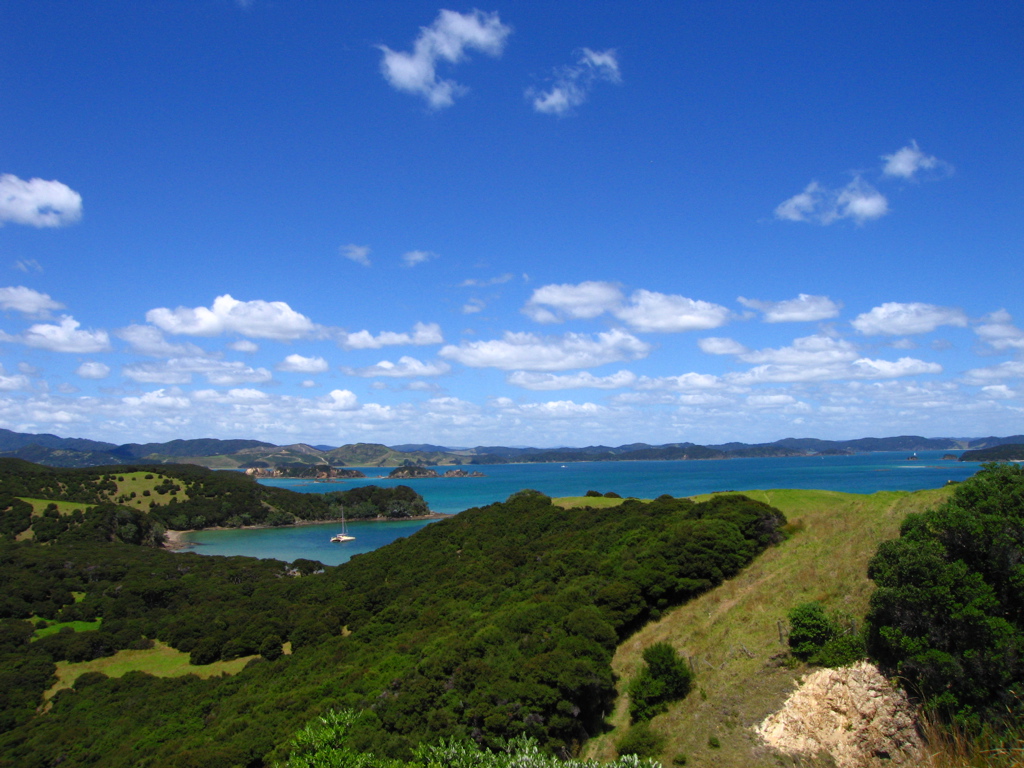Scientists have seen the underside of a tectonic plate for the first time.
The Earth's surface or "crust" is divided up into a jigsaw of giant plates, each of which is about up to 200 kilometres thick. These bob about supported by a deeper layer called the mantle.
The plates are in constant motion, floating their way across the Earth's surface and carrying the overlying continents along with them at about the same rates that finger- and tonails grow. Where they meet other plates they can collide to form mountains, or be swallowed underground and form volcanoes.
But the mechanics of what is happening over 100 kilometres down where the crust material meets the mantle to achieve this floating effect wasn't known. It's impossible to drill to these depths to find out, so scientists instead have to resort to giving the Earth a body scan using low-frequency soundwaves. These reflect off the different underground layers and reveal details of the structures below.
Tim Stern from Victoria University, in Wellington, was doing precisely this by detonating half-tonne dynamite explosions down a series of bore-holes tracing a 90 kilometre long line across part of New Zealand's North Island.
"We drilled a series of 50 metre deep holes and poured in a dynamite slurry that we could detonate electronically." The team also deployed an array of 1000 seismometers - vibration-sensitive recorders - containing clocks sync'd with millisecond precision to pick up the vibrations echoing back from underground following each blast.
The signatures picked up by each detector can then be used to build up a profile of the geology underfoot. The team had been planning to study the plate structures closer to the surface but, when they looked at their data, they realised that there were also sounds reflecting back from much deeper - 100 kilometres - below ground.
"This area corresponded to the bottom of the plate," says Stern. In other words, where the plate material meets the mantle. "And what was really suprising is that it's a really sharp demarkation just a kilometre or so wide." The study also revealed what enables plates to move so freely. "It's filled with a small amount of magma," says Stern. "This behaves like grease, lubricating the sliding of the plate over the underlying mantle."
The team suspect that their results are generalisable to tectonic plates everywhere. "The implications of this are that now we know what makes plates move. They are being pulled from the side by subduction.&qu










Comments
Add a comment